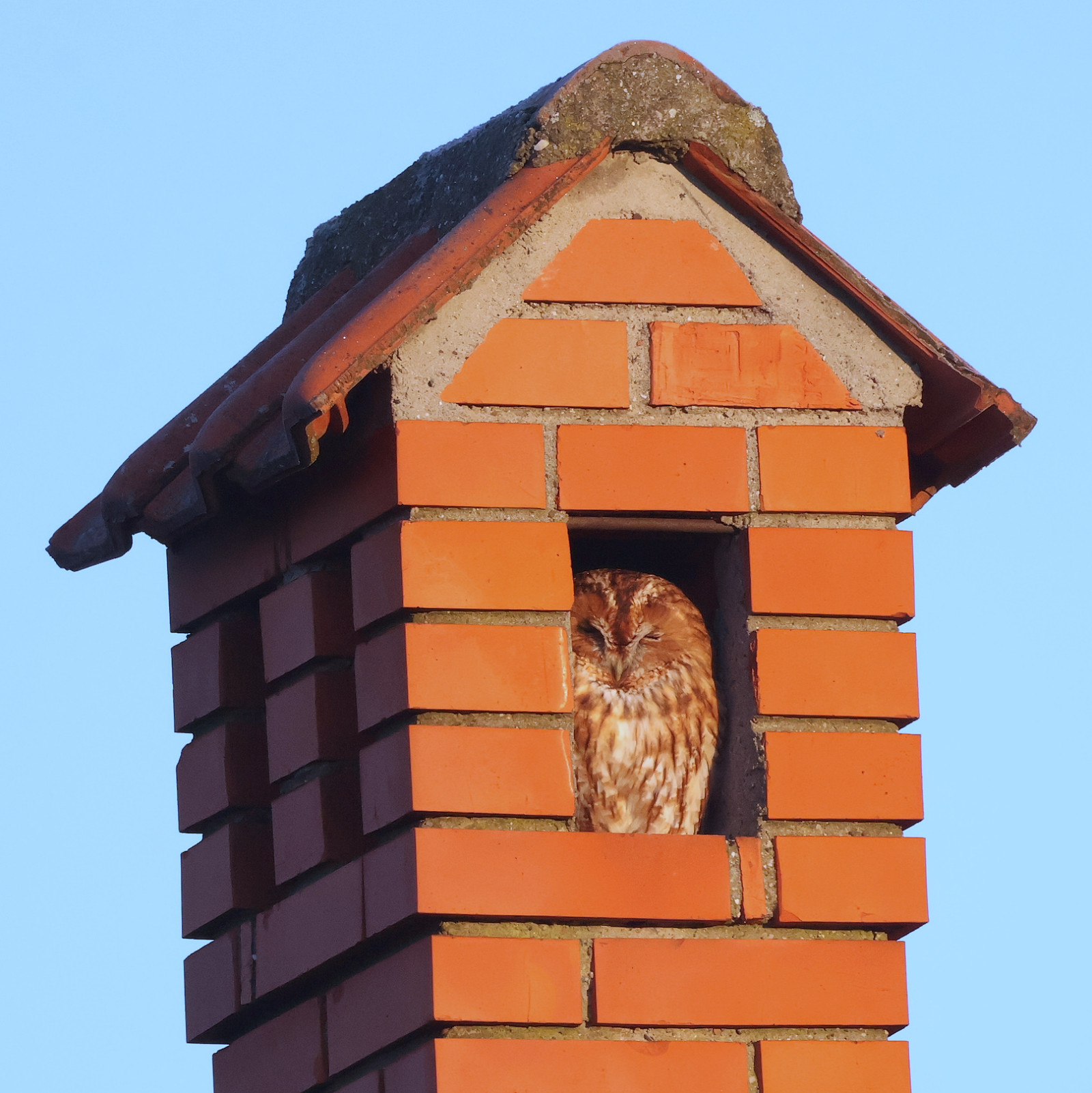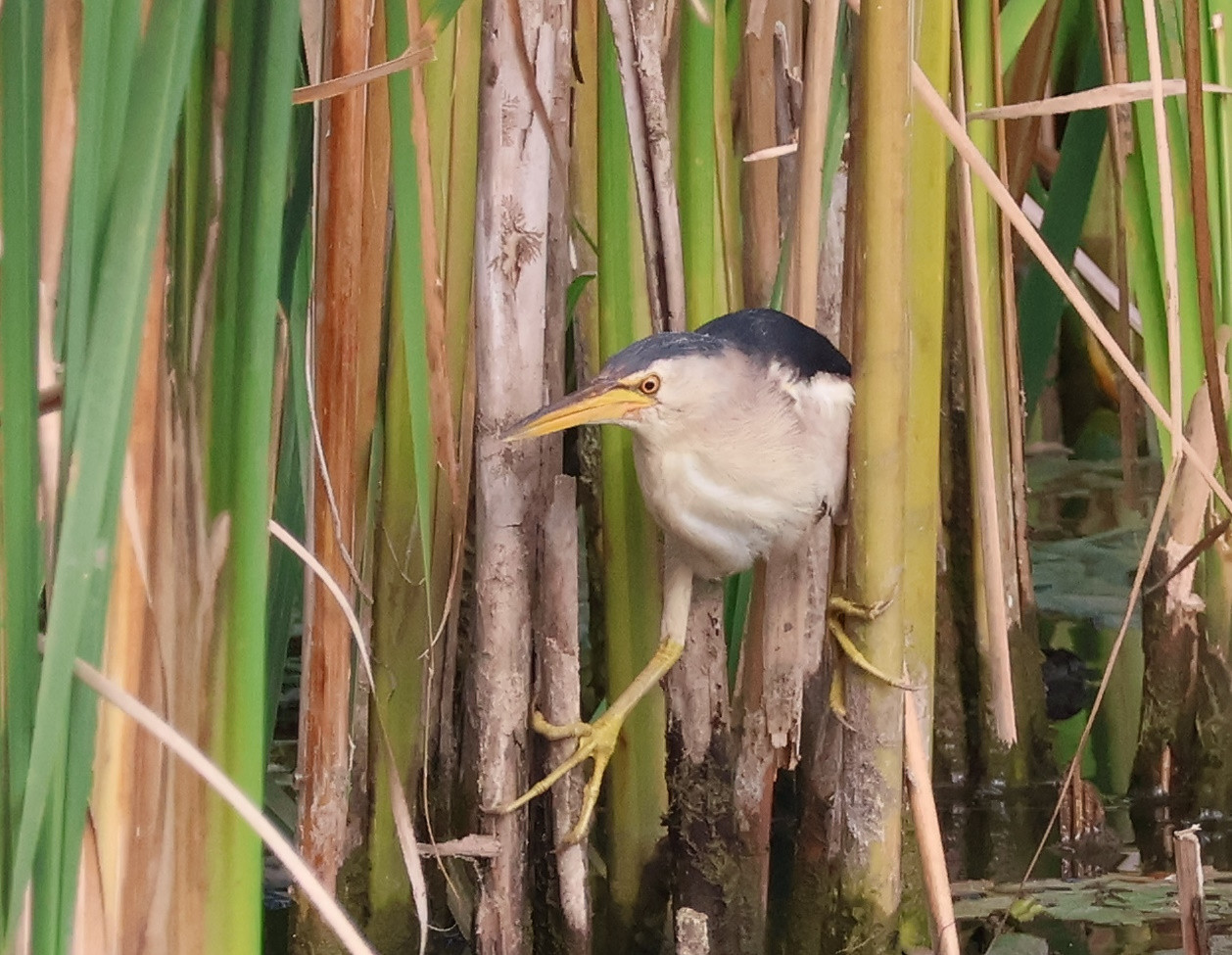Descrizione
The Paljuvi Reservoir lies 70 km southwest of Belgrade, halfway between the towns of Lazarevac and Ub.
Best birds of the Paljuvi include Airone rosso, Nitticora, Sgarza ciuffetto, Tarabusino, Moretta tabaccata, Mignattino piombato, Marangone minore, Civetta, Allocco, Picchio rosso di Siria, Picchio nero, Rigogolo and Averla piccola. Followed by local rarities such as Gambecchio nano, Totano moro, Mignattaio and, on migration, Mignattino alibianche, Mignattino comune, Ghiandaia marina and the Falco cuculo. The reservoir is surrounded by traditional farming landscape, adding the Tortora selvatica and the Ortolano to the scene. In winter months look out for Peppola , Frosone , Lucherino , and Passera scopaiola.
Dettagli
Accesso
By car only. Park wherever you like. Explore by walking, or further driving. Basically, the dam wall and the western side are those truly productive areas (the far southwest where the river enters the lake creating a marshy habitat is underbirded and worthy of more time); while the eastern side is mostly just an access road to a good shorebirds watching spot. The Paljuvi Dam lies between the regional Ibarski put/Road and the new Milos the Great motorway, 70 km / 70 min southwest of Belgrade. Click on the P on the map to get driving directions.





